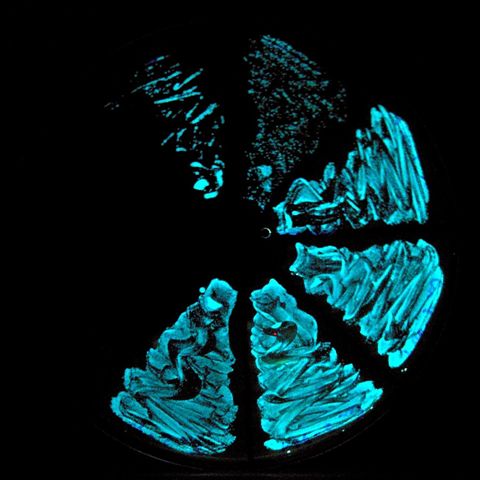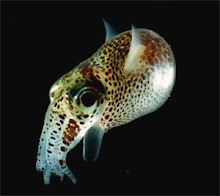The results of the experimentation showed that the 3% salinity caused the vibrio to emit the most light. These results reject the researcher’s hypothesis that a 5% salt solution would cause the greatest light emission from the bacteria. A possible explanation for these results could be that the salinity content within a symbiotic host where the virbio thrives is close to 3% salinity. Should this experiment be completed again, salt solutions of 2% and 4% would be added to the current experimental groups.
Wednesday, March 24, 2010
Tuesday, March 2, 2010
Hypothesis
it was hypothesized that Vibrio fischeri exposed to higher levels of salinity (five percent) will produce the most light. This was predicted because the average salinity of the ocean (where Vibrio is found) is around five percent.
Significance
This project is significant because the salinity in which the bioluminescent bacteria fluoreses the most indicates that that salinity is ideal for the bacteria. This is relivent because the bacteria correlates with other marine life. So if a local fisherman is aware of the local salinities, then his best bet for finding the largest population of fish is the area of salinity equal to the results of this experiment. With the higher population, the fisherman would be more likely to catch more fish.
The Title of my 2010 Research Project
The Effects of Salinity on the Bioluminescene Produced by the Bacteria, Vibrio fischeri
Subscribe to:
Comments (Atom)


